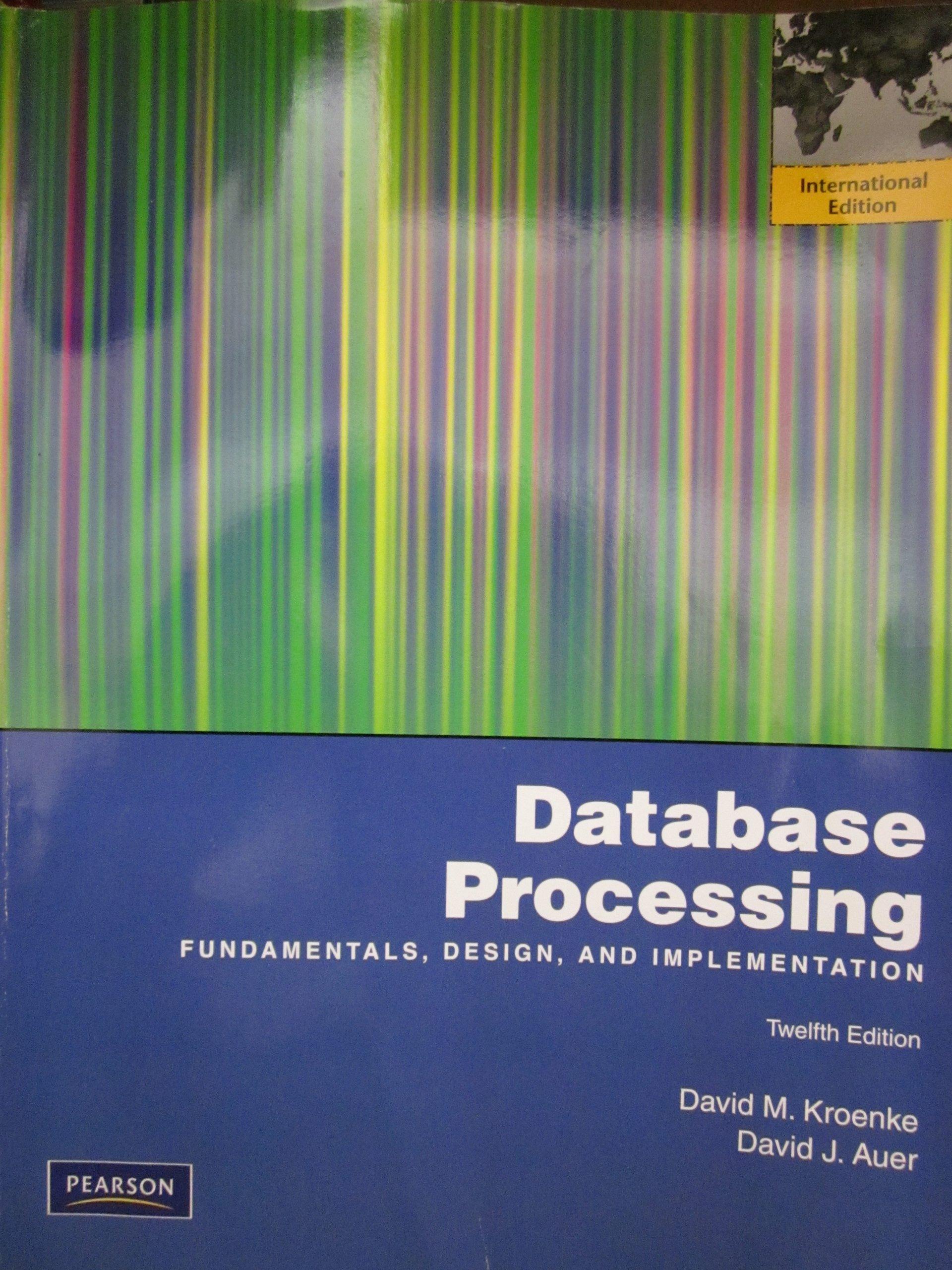Question
Consider an undirected bipartite graph G = (V1 V2, E), where (V1, V2) is the bipartition of G, and where G has a special property
Consider an undirected bipartite graph G = (V1 V2, E), where (V1, V2) is the bipartition of G, and where G has a special property that every vertex of G has the same degree d 1. Graphs with this special property is known as d-regular graphs. (a) Show that |V1| = |V2|. (b) Show that G has a perfect matching. (c) Use induction (or its equivalent; that is, use weak induction, strong induction, or the well ordering property, your choice) to show that edges of G can be represented as a union of d perfect matchings. Warning: if at any point you are tempted to write something like now add |V1| edges, stop right there. You are building, not proving by induction. Showing that you can build graph G such that its edges can be represented as a union of d perfect matchings is not the same as showing that the edges of any valid d-regular graph G can be represented as a union of d perfect matchings. An answer that shows only that you can build such a graph will receive no points for this part, nor will a similar wrong answer get points on an exam.
Step by Step Solution
There are 3 Steps involved in it
Step: 1

Get Instant Access to Expert-Tailored Solutions
See step-by-step solutions with expert insights and AI powered tools for academic success
Step: 2

Step: 3

Ace Your Homework with AI
Get the answers you need in no time with our AI-driven, step-by-step assistance
Get Started


